Stalin is coming down the steps of the Palace of the Soviets followed by his fellow men. It’s the fifties— the beginning of the Cold War. After his death, Nikita Khrushchev becomes the leader of the Soviet Communist Party. He will aim for the Soviet Union to become first worldwide in scientific and technical development.
The main character and filmmaker is Dragos, a man in his 40s with an imposing physique, a mild appearance and especially gentle manners. You can see him, in his first steps towards the truth, walking through the open air markets in his native country, Moldova. He finds folks who grow seeds traditionally – seed to seed – because hybrids rule the day. He asks questions almost like he is afraid to disturb. To this reviewer, his stance says a lot about the Moldovan people, slaves for the ages of Russian hegemony. “This is not done anymore” says a local producer. “Now everything is made from soy, hybrids are everywhere”.
Dragos is telling a little known story of tragedy. Stimulated by his grandmother’s lethal illness, and her memories of some mysterious agricultural experiments in the past, Dragos decides to investigate why the cancer rate has increased in his home country lately. He wonders whether there is some connection between the fatal statistics and these secret scientific endeavors.
This very personal documentary digs into rare found footage in order to portray the industrial shock imposed on Moldova by the Soviet State. We learn also of Nikita Khrushchev’s secret plan to transform this little State into the titular <em>Soviet Garden</em>, through the application of atomic energy in agriculture. This involved exposing Moldovan soil to radiation experiments that aimed for mutations in seeds and fruit for crops more resistant to climatic conditions, and higher volume crops. Harvesting these unprecedented crops, would enable food supply for the entire Soviet Union.
We join Dragos and his camera to learn more about the various stages of Gamma Field’s research on crops. An old and small man sits on a folding chair in the middle of a cornfield on a bright sunny day. He is biologist Dimitry Goncharenko, who was still a student when the radiobiology experiments started in Moldova.
He has trouble speaking and he stutters. He talks about his experience as if it is a fairy tale. His face lights up when he shows a b/w photo showing the first unit used to irradiate seeds before planting. It is an old American-built Studebaker Truck. He affectionately calls it Marusia. A second photo shows him lifting giant bushes. With satisfaction he points out how radiation quantitatively increased the agricultural yields. He is proud of his work. Yet, he admits that experiments should have been initially tested in trial laboratories, rather than in immense territories.The expectations were too big and the Party wanted big results. Quality was ignored, and only quantity mattered.
What is left of the Gamma Ray Field today? We see a round-shaped desolated and abandoned experimental field where everything is dead. Radioactivity is still present. And that’s where we can meet the one who has designed and built this experimental area, Valery Akimov. He is a short and thickset man dressed in suits and looking rough like a farmer. Akimov appears bored, warning that it is not his first interview, so he doesn’t give a damn about the camera. He says he’s calm and will only speak what he must, inviting the interviewer to put this on record. He is standing next to the center of the field, a big iron cylinder with a downward stairs. When asked if he consider the radiobiology a success story, he replies, to paraphrase, “… to be sure it is a success and one of a kind.” In his opinion, it is a pity that it has been dismantled today. If that had not happened, the Gamma Field would still be making a huge contribution to the science of radiobiology. With unmitigated arrogance, in the reviewer’s opinion, he refuses to speak about the trail of death for civilians and technicians alike.
THE SOVIET GARDEN Reminds that Man is What He Eats and Breathes
The Soviet Garden recounts how the price for those experiments is still being paid today – radiation infected lands, populations still being kept uninformed, more and more people suffering from cancer, infested equipment hidden in bunkers, reduced biodiversity, and lost seed heritage… Many of those who were involved in these experiments had died very early.
We learn that radiation breeding is still being applied at the Genetics Institute, using the same equipment as half a century ago. We are left to wonder, along with Dragos Turea, where in the world the next Soviet Garden will appear.
In this writer’s view, The Soviet Garden is a unique chance for people of Moldova, as well as people from abroad, to get to know more about atomic gardening, a phenomenon that was hidden from the public. It also allows us reflect more about the relationship between ecological problems and politics.
RECOMMENDED
Nominate this for The Picture This Post BEST OF 2020???
Click Readers' Choice
Vote Securely! Vote Privately! And Make Your Vote Count-- as all voting should be!!
THE SOVIET GARDEN was recently screened as part of The Romanian Film Festival, 7th Edition in November. For more information visit the American Romanian Cultural Society of Seattle website.
For more information or to watch the film, visit the Facebook page for The Soviet Garden.
Images Courtesy of THE SOVIET GARDEN
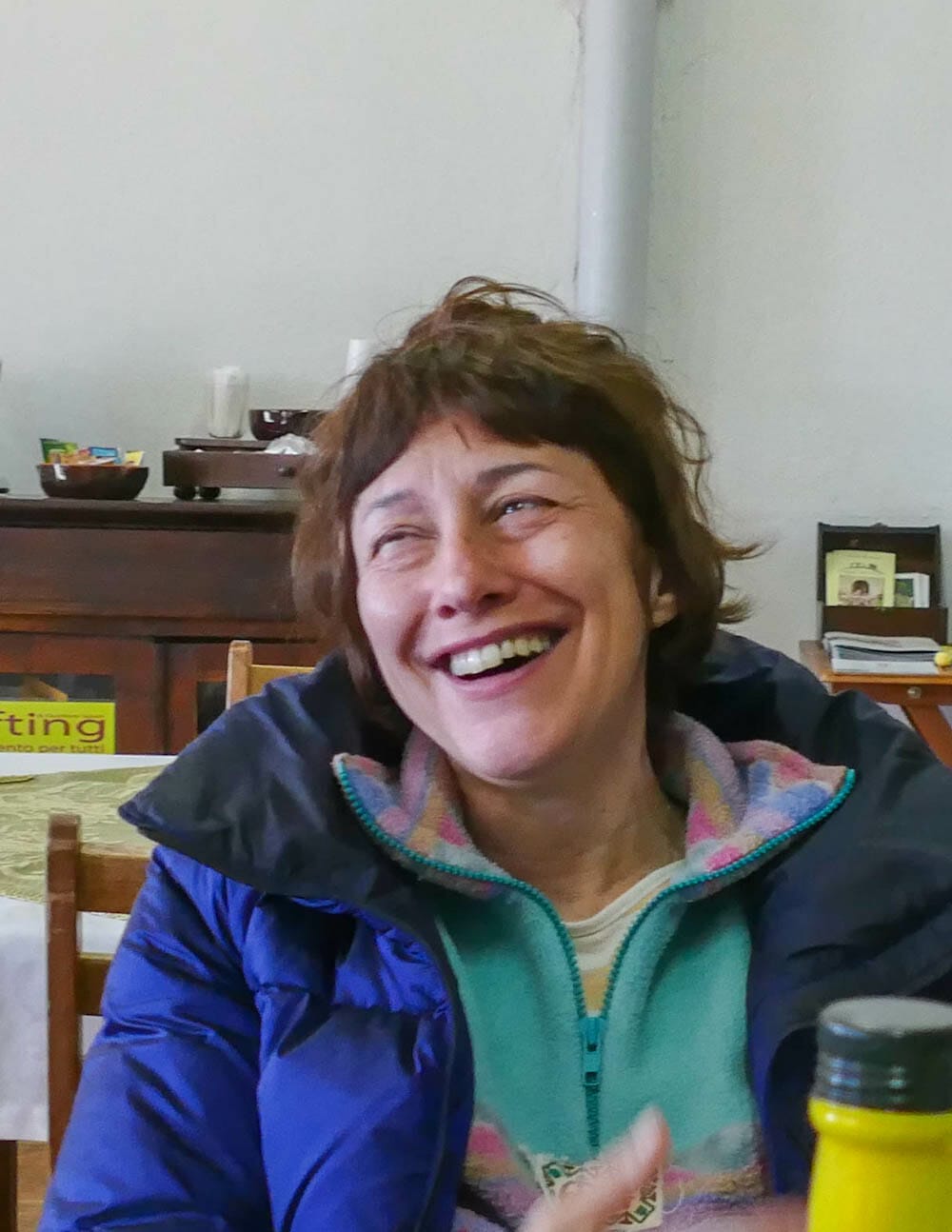
About the Author: Chiara Berzieri
Chiara Berzieri –brings a keen eye for detail and multi-lingual expertise to be the copy editor for Picture This Post European travel stories. She has a deep interest in architecture, photography and culture.
Born and raised in the sixties in Milan, the Fashion City, Chiara moved to Varese, 40 km north, near Switzerland, famous for its Italian Liberty Style and for its stunning position around the Italian Lake District, one of the most beautiful environmental areas of Europe. After graduating in Varese, she worked for many years for Attorney at Law firms. In 2005, Chiara moved to Modena, the City of Pavarotti and car makers as Ferrari, Lamborghini and Maserati.
2009 was the year that Chiara discovered Umbria – the green heart of Italy – by chance, touring the country by car. She says, “I found in the green landscapes of Valdichiana the authenticity of its welcoming people. In 2010 I bought a 19th century building, totally abandoned, Podere Molinaccio, and started the renovation and modernization work with great satisfaction. Today I’m an enthusiastic, curious and happy host at Podere Molinaccio of people from all over the world!"


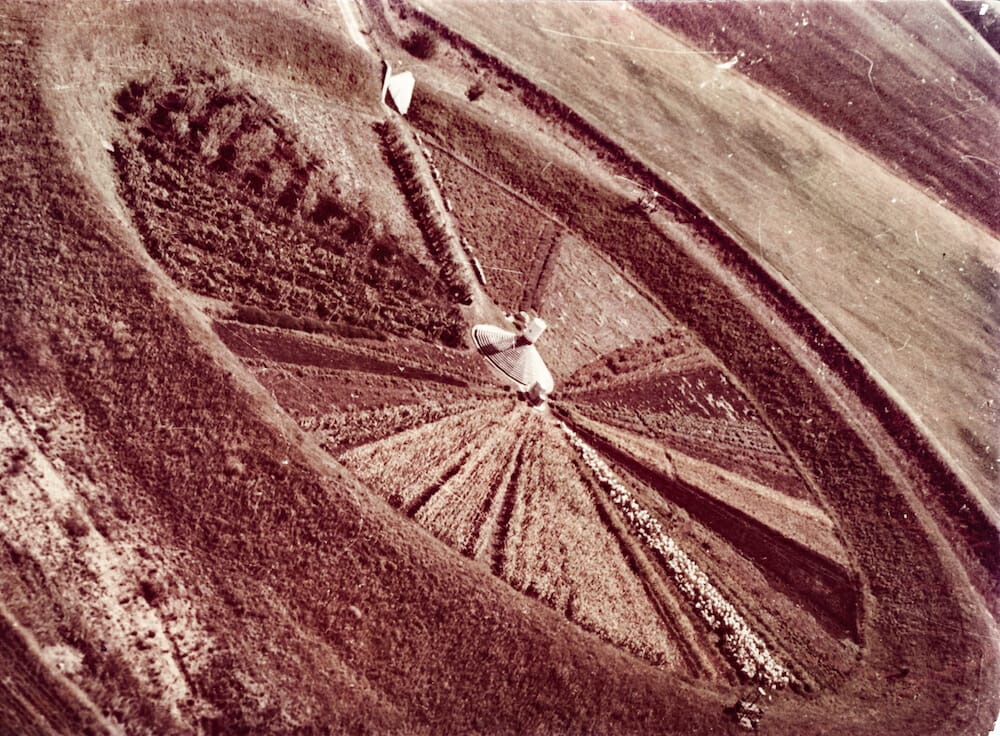
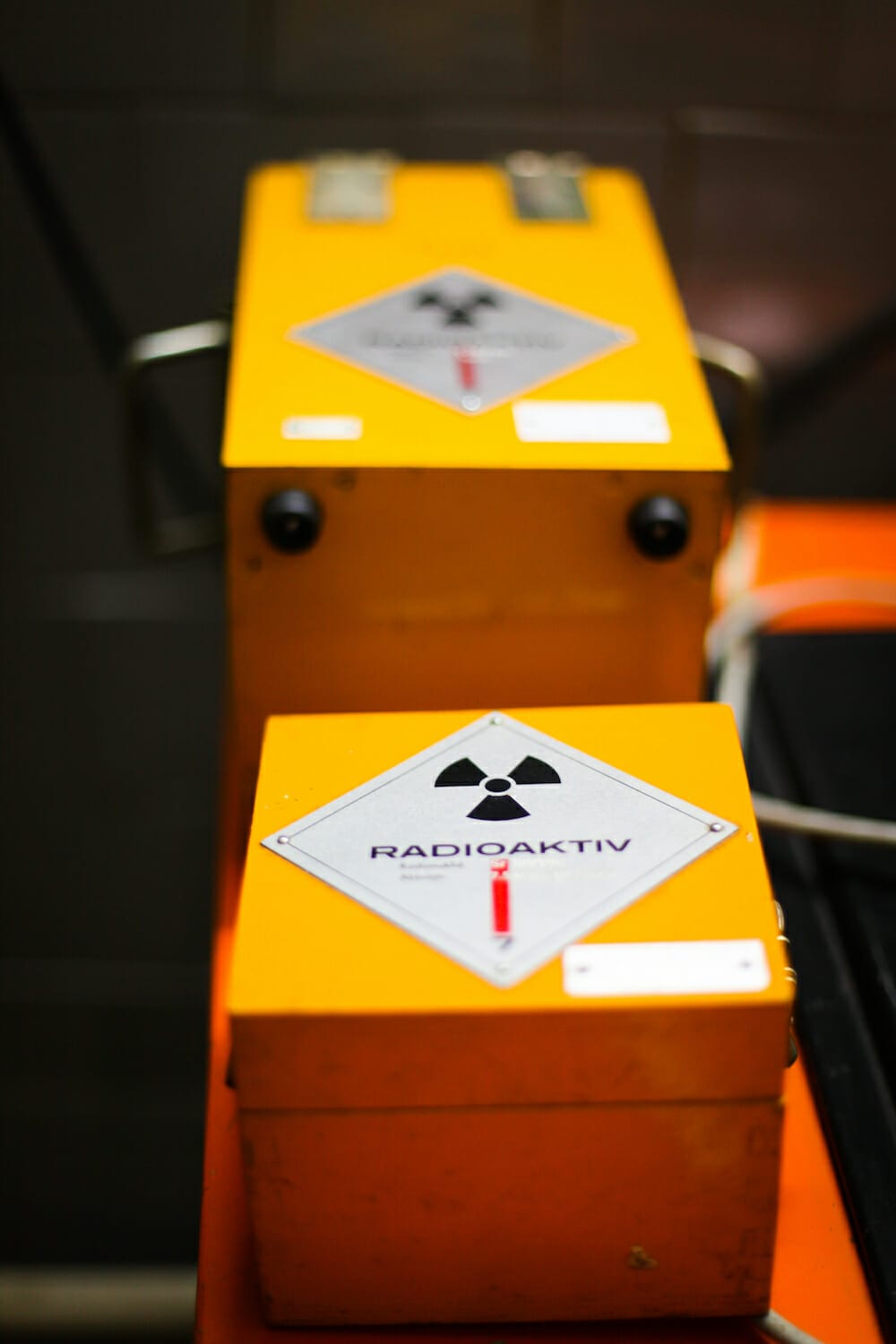




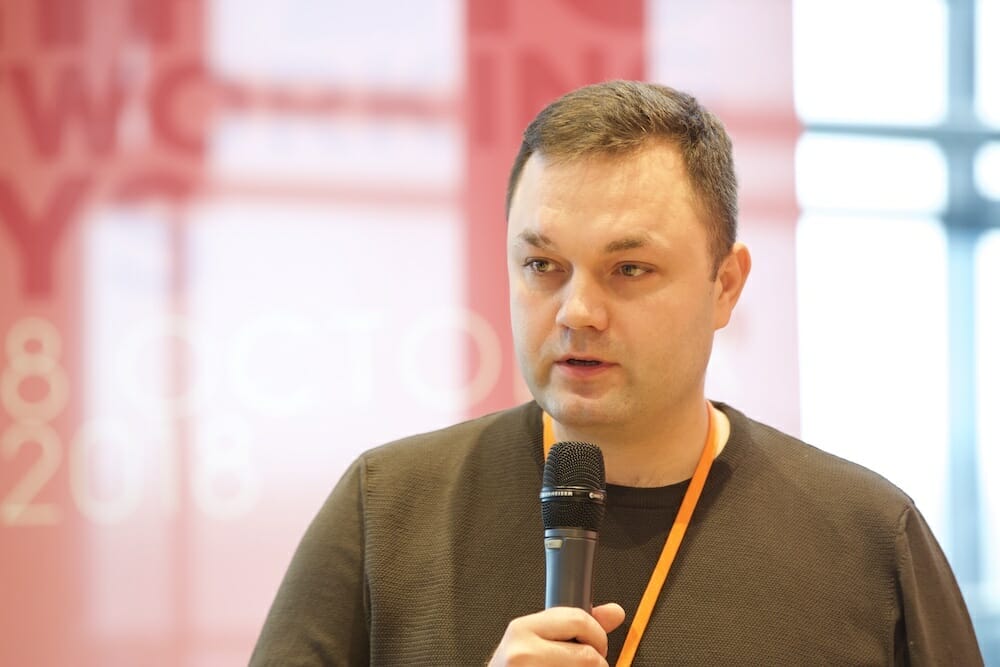
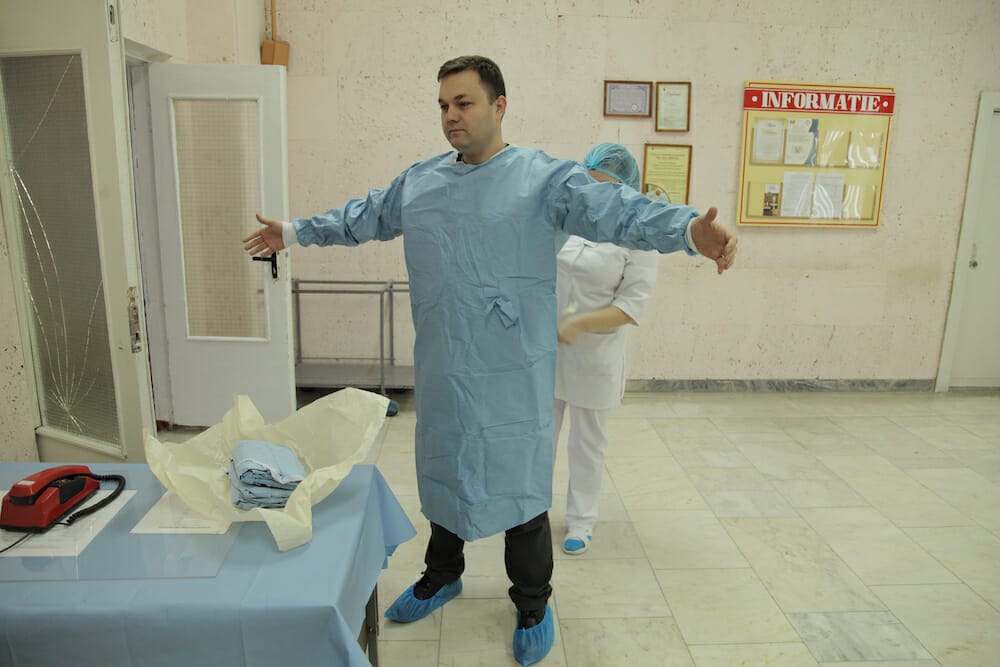
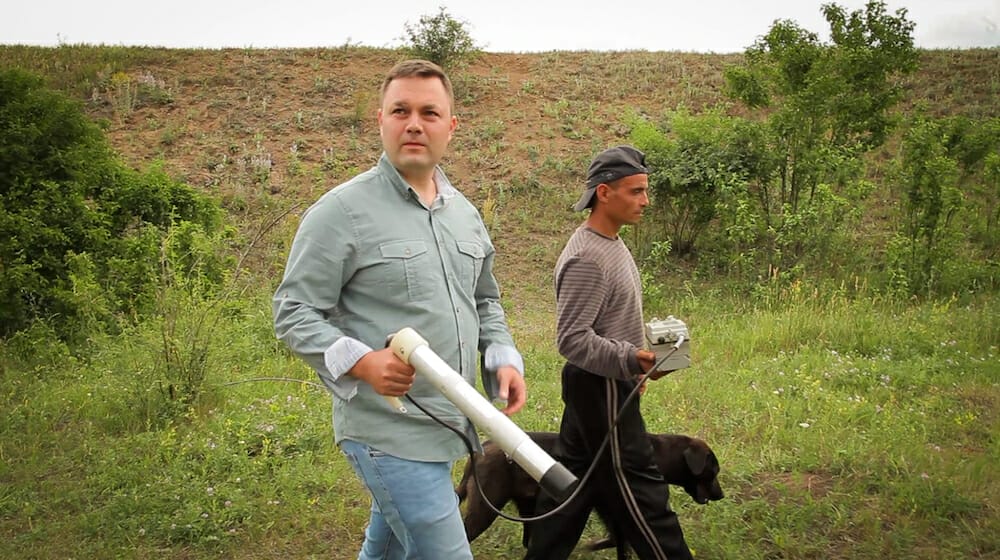
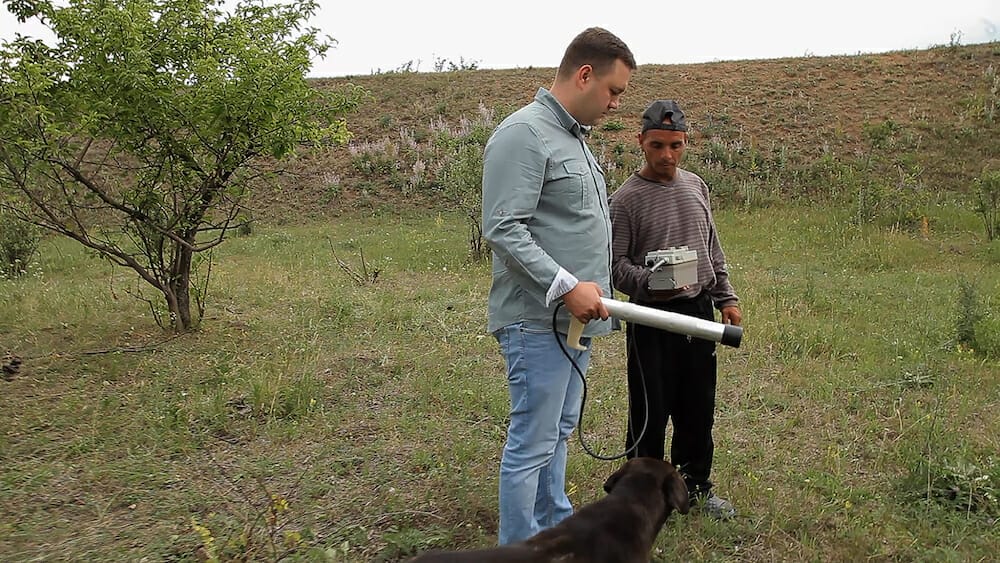

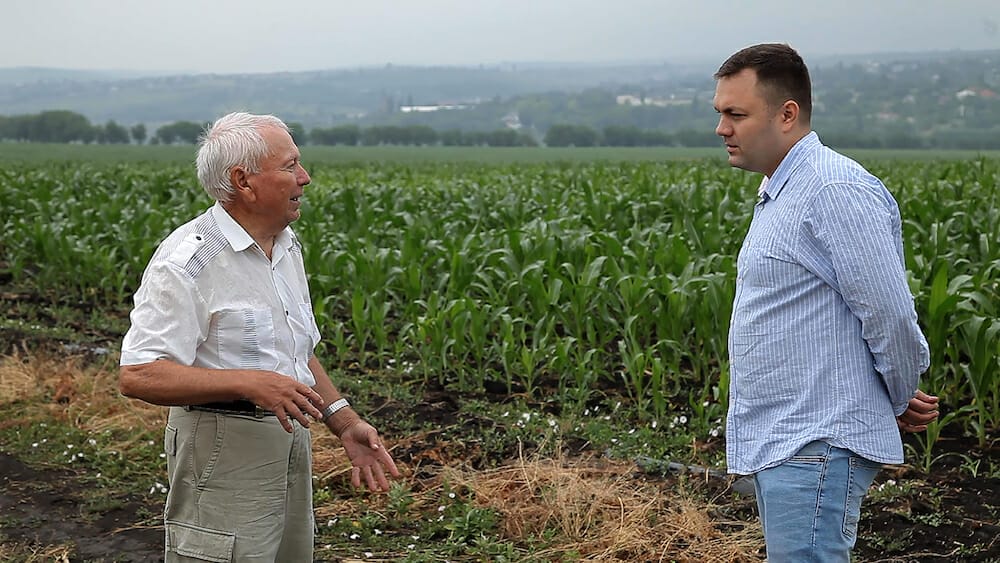


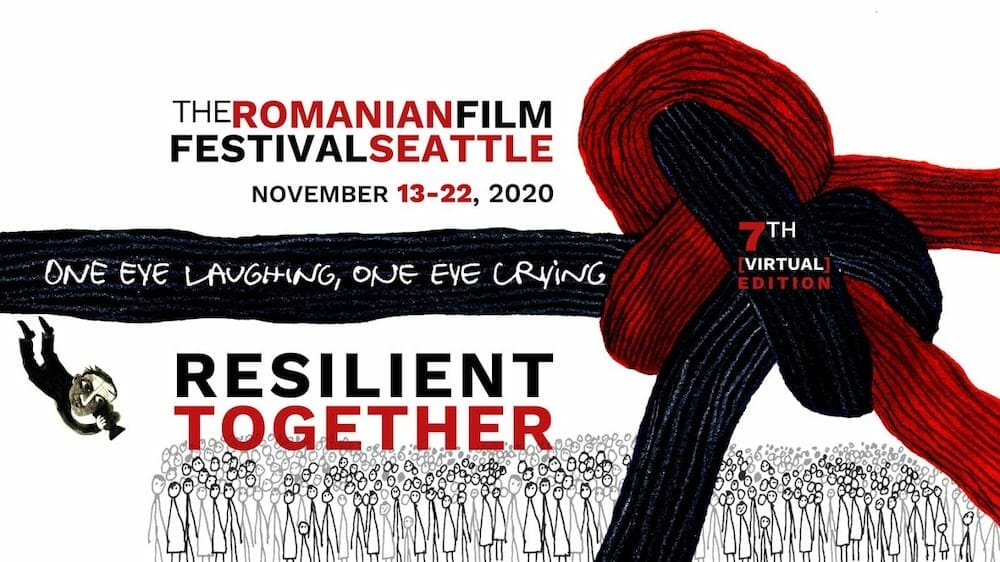

Nominated for Picture This Post BEST OF 2020
Nominated for Picture This Post BEST OF 2021